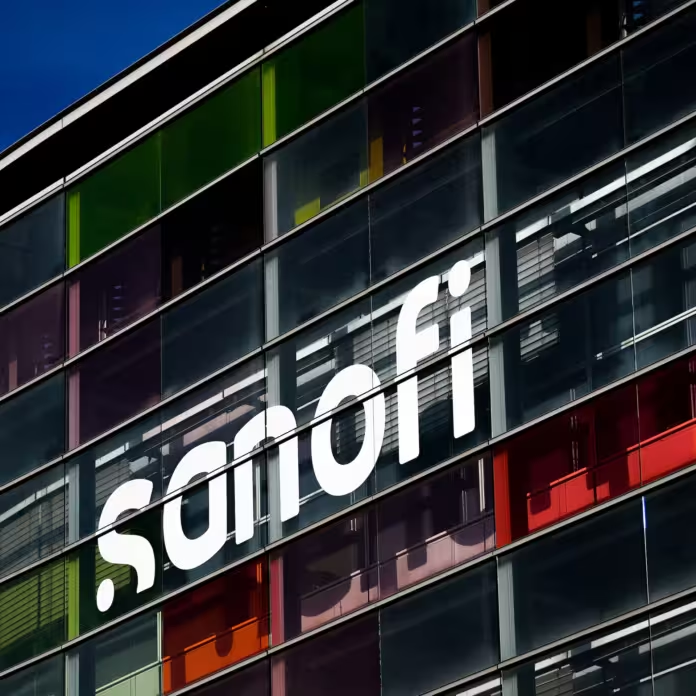Sanofi has announced plans to proceed with the spin-off of its consumer healthcare division, marking one of Europe’s most significant deals this year. The French pharmaceutical giant has enlisted major banks to facilitate the sale and public listing, expected to value the business at approximately €20 billion.
Banking and Financial Arrangements
Goldman Sachs, Morgan Stanley, BNP Paribas, and Bank of America have been appointed to manage the sale and potential initial public offering (IPO), according to sources familiar with the matter. The process will follow a “dual track” approach, simultaneously preparing for both sale and public listing. Rothschild has also been involved since the outset.
Market Interest and Valuation
Sanofi’s consumer division, which constitutes 10% of the company’s sales, has attracted interest from private equity firms. Analysts at Jefferies estimate the spin-off could be valued between €18 billion and €20 billion. This move aligns with a broader recovery trend in the European IPO market, highlighted by the successful listing of Swiss skincare company Galderma, though tempered by the less favorable debut of German beauty retailer Douglas in March.
Strategic Rationale
Sanofi announced its intention to separate the consumer healthcare business by the fourth quarter of 2024, aiming to establish a publicly listed entity headquartered in France. CEO Paul Hudson emphasized the strategic benefits, stating, “For us, being a pure-play biopharma with a different sort of probability of success and longer-term thinking works for us. For consumer, being able to manage their own business, move at their own speed, and make acquisitions works for them.”
This decision follows a trend among major pharmaceutical companies to separate low-margin consumer units from higher-margin, innovative drug divisions. GSK spun off its consumer healthcare business, Haleon, in 2022, and Johnson & Johnson listed its consumer business, Kenvue, in 2023. Both companies have since sold stakes in these entities to fund mergers and acquisitions.
Focus on Innovation
Since his appointment in 2019, Hudson has steered Sanofi towards developing treatments for rare diseases and immunology, reducing dependence on its blockbuster drug Dupixent. Recent product launches include Beyfortus, a preventive treatment for a common respiratory virus in children, and Altuviiio, used for managing bleeding in hemophilia A patients.
Hudson’s strategy to prioritize research and development over deal-making surprised investors when announced in October, causing shares to drop by about 20%. However, the stock has since recovered some ground, reaching a market value of €112.3 billion in 2024.
Financial Performance and Future Prospects
Sanofi continues to rely heavily on Dupixent, which generated €10.7 billion in sales in 2023, accounting for a quarter of the company’s total revenue. The company is seeking new approvals for Dupixent to treat chronic obstructive pulmonary disease (COPD), a condition often linked to smoking. While the FDA has requested additional information before granting approval for broader use, the European Medicines Agency has given a preliminary recommendation for Dupixent in treating COPD.
Outlook and Official Statements
Sanofi’s financial partners—Goldman Sachs, Morgan Stanley, Bank of America, BNP Paribas, and Rothschild—declined to comment on the ongoing process. Sanofi also refrained from commenting on “market rumors,” stating that preparations for the potential separation are progressing and all options are being considered to maximize stakeholder value.
This spin-off represents a strategic shift for Sanofi, aiming to streamline its operations and focus on high-growth, high-margin sectors while providing the consumer healthcare division with the autonomy to thrive independently.
Related: Top 10 Painkiller Producing Pharma Companies
